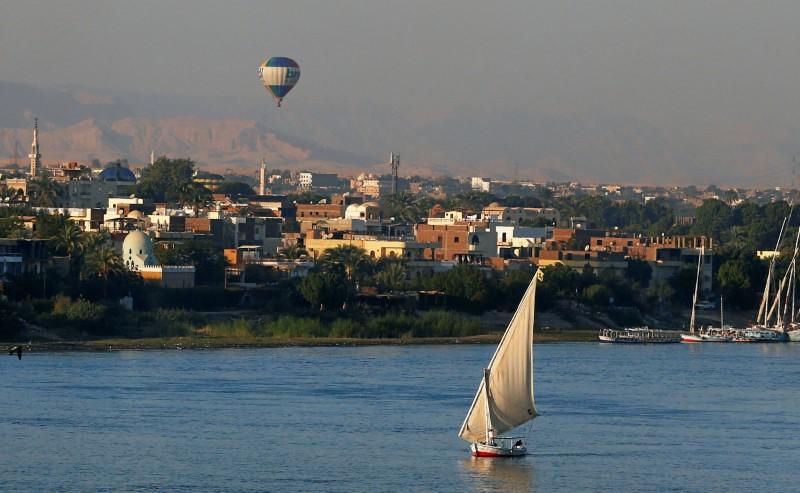
Pilot trips for hot air balloon rides at Luxor’s West Bank resumed on Saturday, following a two-month halt after strong winds swept a balloon to the desert in June.
Observers said that the hot air balloons were launched without tourists in experimental trips aimed at ensuring the readiness and efficiency of GPS tracking devices, and modern cameras that monitor the balloon flights and track the route and landing sites.
The Civil Aviation Authority has decided to experiment on several new technologies and conduct training courses for hot air balloon operators. They said that these come as part of a package of measures taken by authority to protect tourists and ensure full safety and control over all rides.
The Civil Aviation Authority held several specialized courses in aviation and safety procedures during the last period, including the use of high-tech cameras placed on the body of the balloon, to record the details of each balloon flight from the moment of take-off until the landing.
The measures also include establishing a modern meteorological station at the hot air balloon flight site to provide 24-hour weather information to balloon operators.
The Civil Aviation Authority also trained operators to use modern devices to help locate the balloon while in the sky, and utilize GPS devices to record the ride’s navigation as reference for the Civil Aviation Authority in monitoring its compliance with the authority’s principles of safety and security.
On June 20, twelve people had been left stranded after strong winds blew their hot air balloon away. A search plane soon located them, though they had safely landed after the operator regained control on the balloon.
Hot air balloon ride companies and workers in the tourism sector expressed dismay over the halt, as balloon rides are one of the most important tourism programs that many tourists look forward to.
Edited translation from Al-Masry Al-Youm




